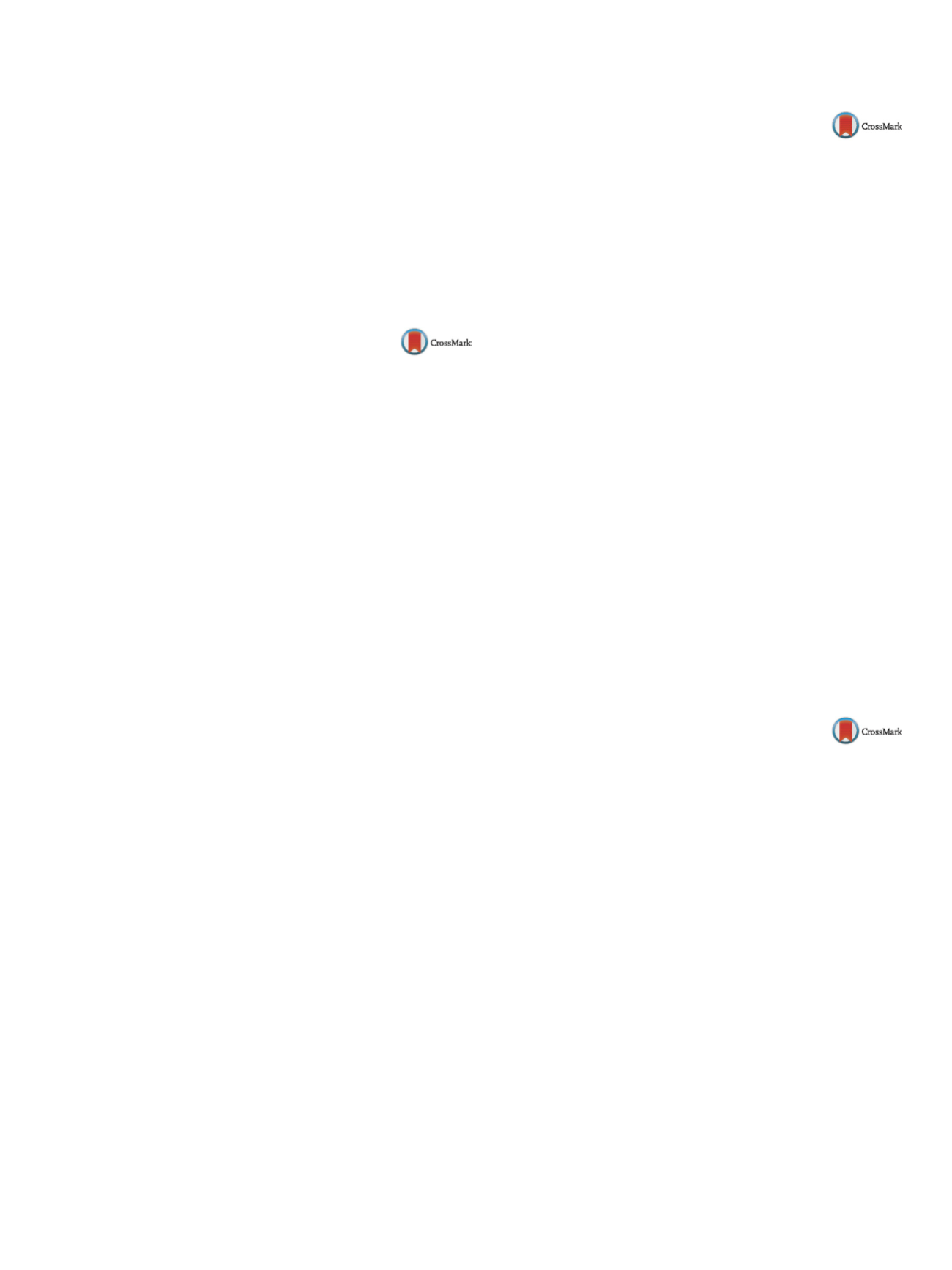

25th European Congress of Psychiatry / European Psychiatry 41S (2017) S645–S709
S697
family interaction most part of the day and most of them become
trapped with illegal gangs of drug distribution. Second, women can
be exploited with the burglary and shoplifting groups who use low
educated and poor women. The destiny of most of these women is
prison and being away from the family, which in turn worsens the
situation. Vocational skills provided by NGOs have helped women
to sustain their life but they are not enough. The factors involving
with the situation of these women are the main focus of this paper.
Keywords
Migration; Women; Education
Disclosure of interest
The author has not supplied his declaration
of competing interest.
http://dx.doi.org/10.1016/j.eurpsy.2017.01.1227EV0898
Socio-demographic and clinic
characterization in youth psychiatric
outpatients: An observational study
S. Morais
1 , 2 ,∗
, J. Silva Ribeiro
1, P. Oliveira
1, E. Mendes
1,
A. Botelho
1, H. Godinho
1, L. Vale
1, A. Bessa
1, P. Renca
1,
V. Santos
1, N. Madeira
1 , 21
Coimbra Hospital and University Centre CHUC, Psychiatry
Department, Coimbra, Portugal
2
University of Coimbra, Faculty of Medicine, Coimbra, Portugal
∗
Corresponding author.
Introduction
Most mental disorders begin during adolescence
and early adulthood (18–24-years-old), highlighting the impor-
tance of understanding the onset and progression of mental
disorders among youths. Although progress has beenmade, namely
by creating youth mental health transition services, gaps continue
to exist. Locally, our recently constituted young adults unit aimed
to minimize discontinuities in care.
Objectives/aims
To characterize a population of young adult
psychiatric outpatients, regarding socio-demographic and clinic
variables.
Methods
Socio-demographic and clinic characterization of
young adult psychiatric outpatients observed during 1st January
2015–30th July 2016.
Results
Two hundred and fifty-five outpatients were observed:
64.3% females and 35.7% males, average age 20.56-years-old
(median 20). Most lived in urban areas (59.4%), with their par-
ents (27.8%), were students (80.4%), attending secondary school
(36.1%). A total of, 27.5% were referenced by an emergency depart-
ment, and adjustment disorders (ICD-10 F43.2) were the most
frequent diagnosis (21.6%). Regarding suicidal behaviours and
self-harm, 9.8% did self-cutting. A vast majority did not have
previous psychiatric hospitalizations–only 5.9% outpatients had
at least one. In total, 39.8% were medicated with antidepres-
sants (1/3 of which in association with other drugs), and about
38.8% received cognitive-behavioural interventions. About 2/3 of
patients (66.3%) remained in care and only about 1/6 (15.7%) were
discharged.
Conclusions
Our typical youth psychiatric outpatient was of
female gender, student, living with its parents. Adjustment disor-
ders were the most frequent diagnosis, and antidepressants were
the main psychopharmacologic option, often combined with other
psychotropic drugs. In the future, psychotherapy interventions
should be more widely available, namely group psychother-
apy.
Disclosure of interest
The authors have not supplied their decla-
ration of competing interest.
http://dx.doi.org/10.1016/j.eurpsy.2017.01.1228EV0899
Effectiveness of the structural
approach components on the marital
quality, and problem solving of
couples
M. Nafian Dehkordi
1 ,∗
, S.A. Kimiaee
2, T. Zandipour
1,
H. Hassanabadi
21
Alzahra University, Department of Education and Psychology,
Tehran, Iran
2
Ferdowsi University Of Mashhad FUM, Department of Education
Faculty of Education and Psychology, Mashhad, Iran
∗
Corresponding author.
The aim of this research is investigating the effect of training
structural-systematic approach components on marital quality
and problem solving of couples. General plan of research is a
quasi-experimental with pre-post test and control group. Statis-
tic population includes all clients of psychology and counselling
clinic of Ferdowsi Mashhad University couples with marital con-
flicts and issue in problem solving in 2014. Sample size includes
10 couples in each control and examination group. Examination
group has received 10 couple-therapy structural-systematic group
meetings. Research tools were two questionnaires; revised marital
quality scale and family problem solving (2010). To analyse data
ANCOVA method has been used. For analysing data SPSS software
has been used. Results have indicated that structural-systematic
approach results in significance increment of marital quality and
couple problem solving in comparison to control group. It can
be said that structural-systematic approach may has a significant
effect on family structure having a systematic and comprehensive
approach and tries to solve happened problems and defects chang-
ing family structure. It is hoped that can progress in couple-therapy
and family therapy using this approach.
Disclosure of interest
The authors have not supplied their decla-
ration of competing interest.
http://dx.doi.org/10.1016/j.eurpsy.2017.01.1229EV0900
Neuropsychiatric adverse effects of
HIV antiviral medication
S. Nascimento
1 ,∗
, M. Mendes
1, C. Solana
1, M. Croca
2, J. Reis
11
Centro hospitalar psiquiátrico de Lisboa, psiquiatria, Lisboa,
Portugal
2
Centro Hospitalar Lisboa Norte, Psiquiatria, Lisboa, Portugal
∗
Corresponding author.
Introduction
HIV (human immunodeficiency virus) infection is
related to several neuropsychiatric complications, such as demen-
tia, encephalopathy, psychosis, as well as, opportunistic infections
of the central nervous system (CNS). The discovery of antiretrovi-
ral therapy (ART) has limited these conditions and extended the
life span of infected patients into a chronic illness, but it is also
associated with neuropsychiatric adverse effects.
Objectives
To review the literature on the most common neu-
ropsychiatric complications of the ART, since it can be difficult to
distinguish drugs toxicity, the effects of the virus, immune system
and psycho-social events.
Methods
The authors have conducted an online search in
PubMed with the terms: “Psychiatry”, “HIV”, “adverse effects” and
“antiretroviral drugs” from 2011 until 2016. From the outcome
were collected, analyzed and summarized the articles considered
to be relevant.
Results
The antiretroviral therapy (ART) are associated with a
numerous adverse effects on the central and peripheral nervous
systems, as well as, metabolic, gastrointestinal, cardiac, and other
toxicities. The neuropsychiatric effects are common and highly
variable, including depression, cognitive impairment and sleep dis-
turbance. The nucleoside reverse transcriptase inhibitors and the


















